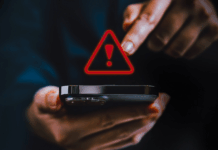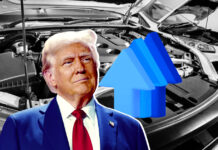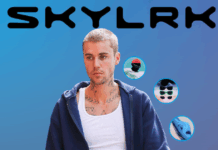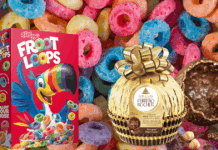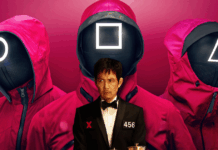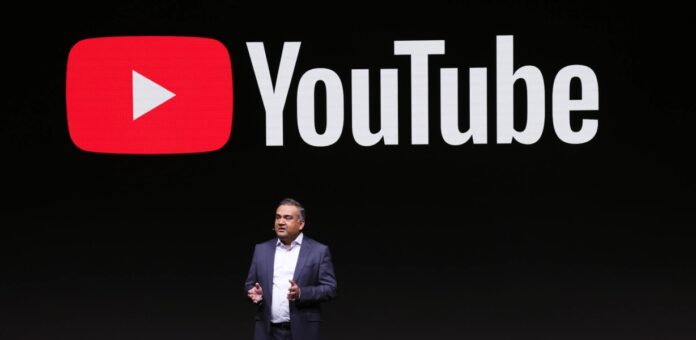Sweeping changes have been announced for YouTube creators on July 15, 2025. YouTube has reduced its tolerance for duplicate videos. It has broadened its YouTube Partner Program (YPP) guidelines, and now only authentic, value-based content qualifies for ad dollars.
What’s Changing?
YouTube now warns about “mass-produced” and repetitive content. Channels that post AI-created clips, compilations, simple narrations, or clip montages are at risk of being demonetised.
The company took this step to enhance the quality of content and protect advertisers. It also aims to eliminate low-effort posts that clutter the site.
Reaction channels, auto-narrated clips, and motivational meme-type Shorts are all criticised. Reusing third-party clips without insight or personality can erase your revenue. Even short-form creators need to contribute something new, such as commentary, humour, or creativity.
Why Now?
AI software has made it simple to produce faceless material. Overnight, channels emerged that churned out thousands of identical videos. That devalued YouTube’s brand and annoyed advertisers. YouTube now stands up for itself.
It’s a message: Originality is back in vogue.
YouTube isn’t excluding AI tools entirely. You can use AI, but as part of a creative process. Analyse, edit, remix, or add personality with narration, and you’re okay. Educational and entertainment content is still acceptable if it’s presented in a fresh and handmade manner.
What Honest Creators Should Do
Add your voice. Speak directly to the camera or tell personal anecdotes.
Transform source clips. Don’t merely re-upload, add value with analysis or humour.
Blend media mindfully: use graphs, commentary and context.
Develop your style. Don’t repeat the same videos over and over.
Proof before posting. Ask yourself: “Am I providing true value?”
The Payoff and the Risk
High-quality creators are now at an advantage. Their original content comes through more. Ad revenue may come more consistently. However, channels that rely on AI or repetition may lose monetisation or even YPP status. YouTube may remove ads or ban them from the program.
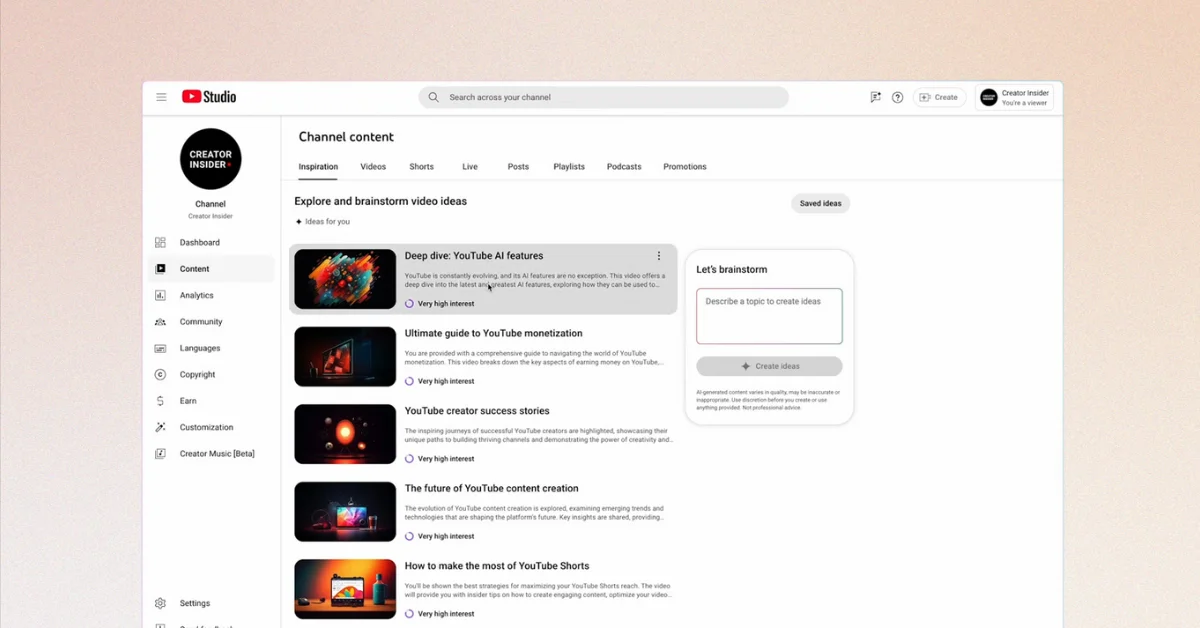
This policy marks a cultural turning point. YouTube establishes itself as a destination for creativity, not clickbait. It pressures medium-sized creators to rise to the challenge, and it forces AI-based content farms to innovate or die. It also reflects more widespread efforts against low-effort content throughout the web.
The YouTube free ride is over. Real creativity earns real revenue. If your channel thrives on personality and insight, this is good news. But if it relies on copying and pasting, it’s time to rethink. YouTube’s new rules aren’t just policy. They’re a call to creators: adapt or vanish.
Stay tuned to Brandsynario for latest news and updates






